Home> Company News> Vertical motor and thrust bearing
- AddressLeader Industrial Park
- Factory Address38 Wang Chiu Rd Kowloon Bay Hongkong
- Worktime9:00-18:00
- Phone(Working Time)00852 6851 5717
- Fax00852 6851 5718
Vertical motor and thrust bearing
Deep groove ball bearings cannot withstand heavy axial loads, so angular contact ball bearings (also known as thrust bearings) are used primarily as locating bearings in vertical motors. Whether in single or double row design, angular contact ball bearings have high axial load carrying capacity and speed performance.
Angular contact ball bearings classification and use
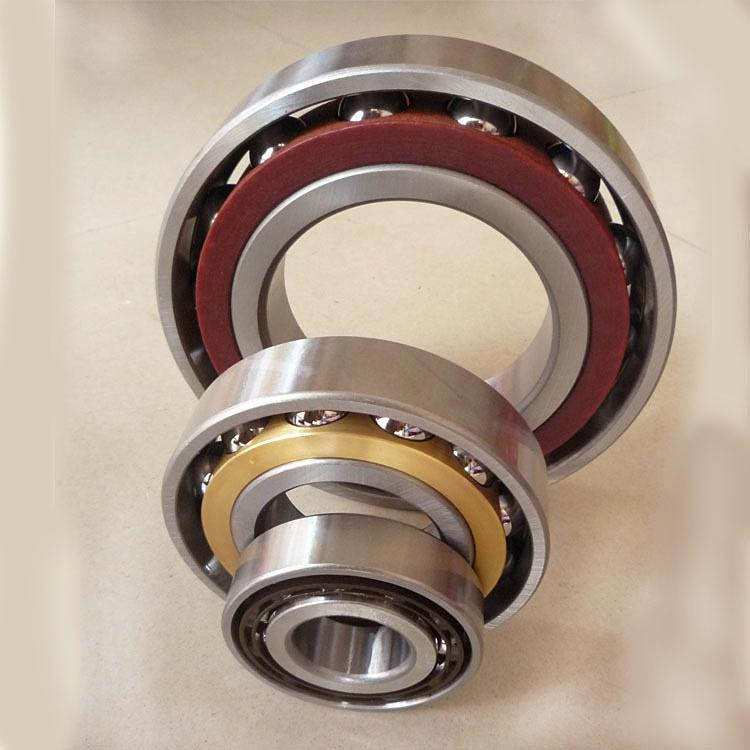
Angular contact ball bearings are available in 7000C (∝=15°), 7000AC (∝=25°) and 7000B (∝=40°) types. This type of bearing generally cannot be separated from the inner and outer rings and can withstand combined radial and axial loads as well as axial loads in one direction. The ability to withstand axial loads is determined by the contact angle, and the greater the contact angle, the higher the ability to withstand axial loads. This type of bearing limits the axial displacement of the shaft or housing in one direction.
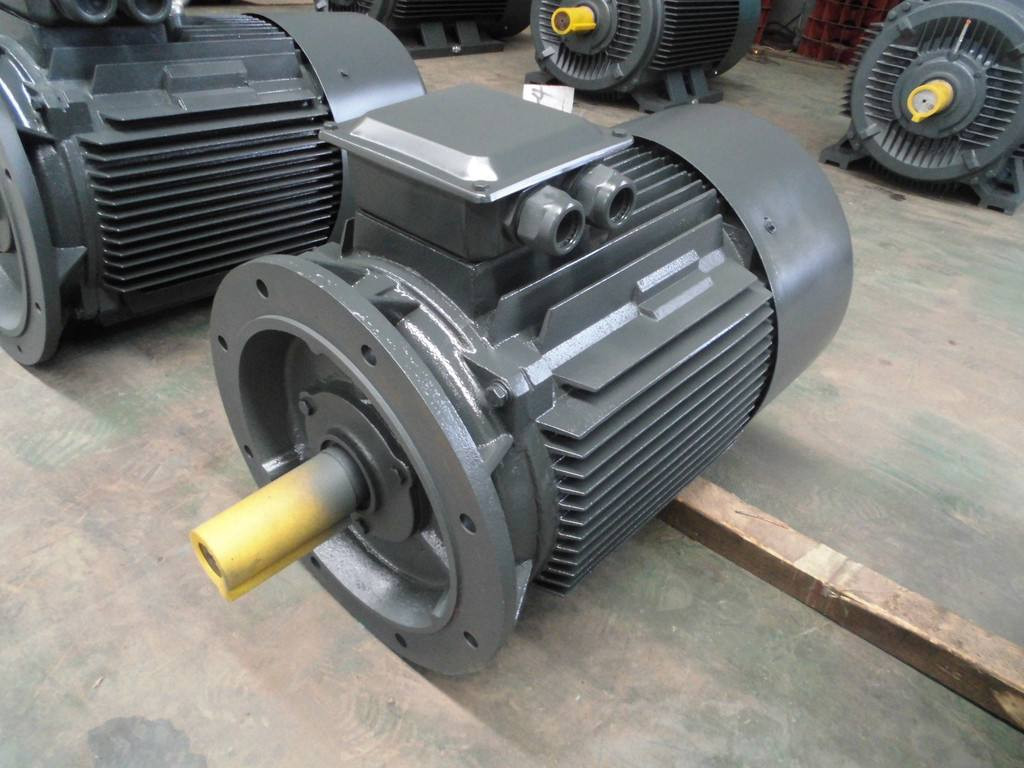
Single row angular contact ball bearings are mainly used in machine tool spindles, high frequency motors, gas turbines, centrifugal separators, small car front wheels, differential pinion shafts, booster pumps, drilling platforms, food machinery, indexing heads, repair welding Machines, low noise cooling towers, electromechanical equipment, painting equipment, machine slot plates, arc welders and other equipment. The commonly used bearings for vertical motors are single row angular contact ball bearings.
Single row angular contact ball bearings for vertical motors
The bearings installed in the vertical motor are related to the power and center height of the motor itself. The vertical motors of H280 and below generally use deep groove ball bearings, and the H315 and above motors use angular contact bearings. High precision and high speed bearings typically take a 15 degree contact angle. Under the axial force, the contact angle will increase.
When angular contact ball bearings are used for vertical motors, angular contact ball bearings are generally mounted on non-shaft extension ends to ensure that the shaft end bearings are subjected to radial forces. However, angular contact ball bearings are installed with strict directional requirements, and the bearing must be able to withstand the downward axial force, that is, the direction of gravity of the rotor.
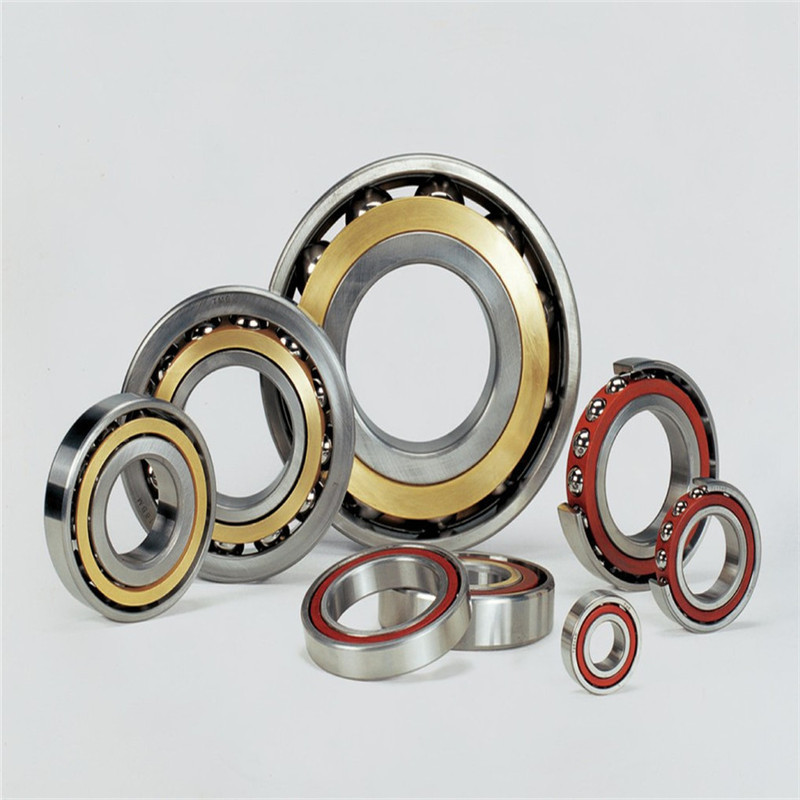
Simply put, if the angular contact ball bearing is above, it is necessary to ensure that the bearing "hangs" the rotor; if the angular contact ball bearing is below, it is necessary to ensure that the bearing can "hold" the rotor. However, in order to meet the above functional requirements, the assembly process of the end cap must also be considered, that is, the external force when the end cap is assembled and the bearing can bear the axial force (the angular contact ball bearing inner ring and the outer ring can withstand the shaft) The direction of the force is opposite), otherwise the bearing will be pushed off the shelf.
According to the above rules, when the vertical motor shaft is extended upward, the angular contact bearing is installed at the non-shaft end, which satisfies the axial force and ensures the assembly process of the end cover; when the vertical motor shaft extends downward Also, the angular contact bearing is mounted on the non-shaft end, but the end cap must be equipped with corresponding measures to ensure that the bearing is not damaged.


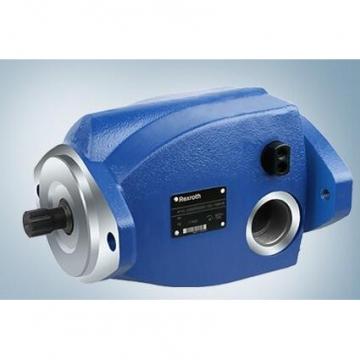 Rexroth A1VO35DRS0C200/10LB2S4A2S2
Rexroth A1VO35DRS0C200/10LB2S4A2S2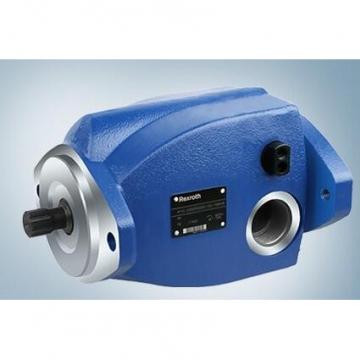 Rexroth A1VO35DRS0C200/10RB2S5A2S2
Rexroth A1VO35DRS0C200/10RB2S5A2S2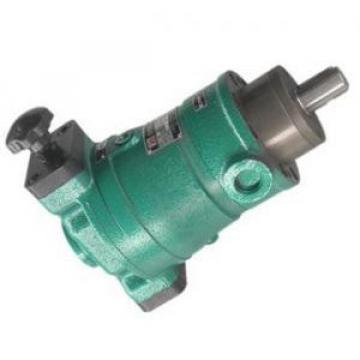 SCY14-1B axial plunger pump supply
SCY14-1B axial plunger pump supply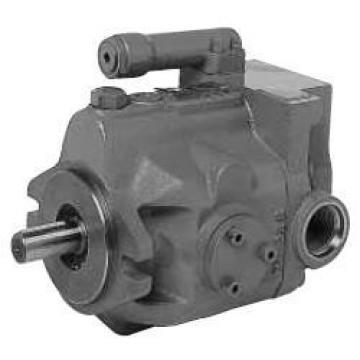 Daikin Piston Pump V15A1RX-95 supply
Daikin Piston Pump V15A1RX-95 supply